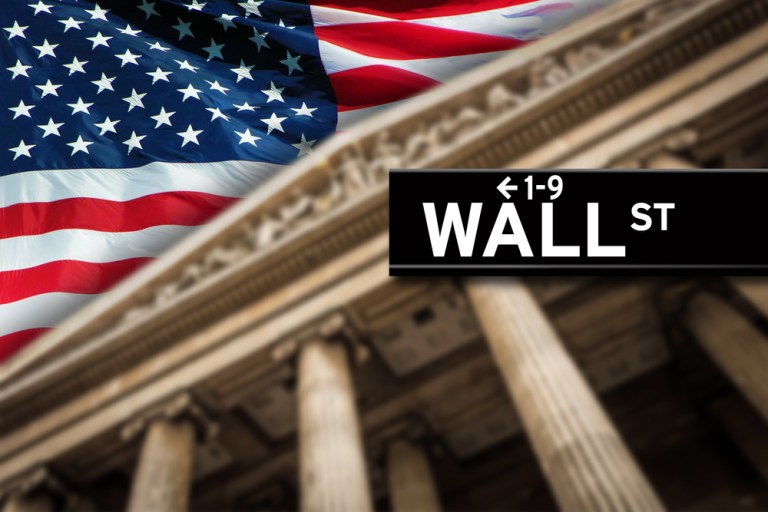Amid The Good (Stock Market) Cheer, Clouds Gather?

Nine years is a long time for anything to run — a TV show, your car, a bowling league — especially so the bull market that has stretched into the present day.
Or, to put it a different way, there’s an old joke among Wall Streeters, possibly captioning a cartoon somewhere: “What’s the valuation? Things are moving up! That’s the valuation.”
And yet.
“Risk is not fake news,” states the headline of a research report from Bank of America Merrill Lynch, authored by Benjamin Bowler. The focus of that piece, cited by ValueWalk and other outlets, is, of course, when it all might end and how. Though Bowler heads derivatives research at the bank, a few statements from the report are universal in scope. There’s that provocative headline, of course, which to this writer implies something deeper than the catchphrase that has cut across, well, everything.
“Fake news” is a rallying cry for many who disagree with a sentiment or a headline or a fact. But just because you call something fake does not mean it isn’t real.
And in the case of the ever-levitating markets, risk is indeed real. Bitcoin is not the only fount of froth, and broader indices, such as the S&P, are up roughly 19 percent through the past year.
The Bank of America note says that “volatility across asset classes has decoupled from uncertainty” and elsewhere states that “investors no longer fear risk but love it.” One school of thought is that low volatility has been aided by central markets (and relatively friendly monetary policy). Companies and investors are eagerly awaiting the impact of corporate tax policy changes to help goose profits and, thus, stock prices.
There’s even, somewhat predictably, talk of the Santa Claus rally — that further boost to asset valuations that occurs in the last few weeks of the year. This is the magical period into year-end where tax considerations help lock in gains.
But the concerns and clouds are gathering well beyond what might be the good cheer of the next few trading days. Investors should be wary of the froth where concerns are building on a global scale. The Bank for International Settlements (BIS) has said, via its quarterly financial review and outlook, that consumer debt is rising even as inflation is relatively tame and folks are enjoying the gains of the heady stock markets.
“The world economy is still subject to risks and vulnerabilities, most notably those relating to the generalized increase in indebtedness and the rich valuations of assets,” the report’s authors noted. “As we know from experience, debt is an extremely powerful mechanism that can amplify the destabilizing impact of adverse shocks.”
As Bloomberg stated recently, the BIS has pointed out that the price to earnings ratio of U.S. stocks alone, adjusted for certain factors, was about 30x, which is above the average seen over the past 25 years by about 25 percent. And that multiple is double the average that stretches back for the period between 1881 to 2017. European equities, said the BIS, are trading along the averages seen in the past 25 years.
Amid a great unwinding of central bank balance sheets and rising interest rates (all but inevitable, it seems), companies may choose to preserve capital, rather than continuing generous dividend policies or buying back stock — which, in turn, might spook investors.
The good cheer is palpable, but as we all know, Wall Street is susceptible to … mood swings.